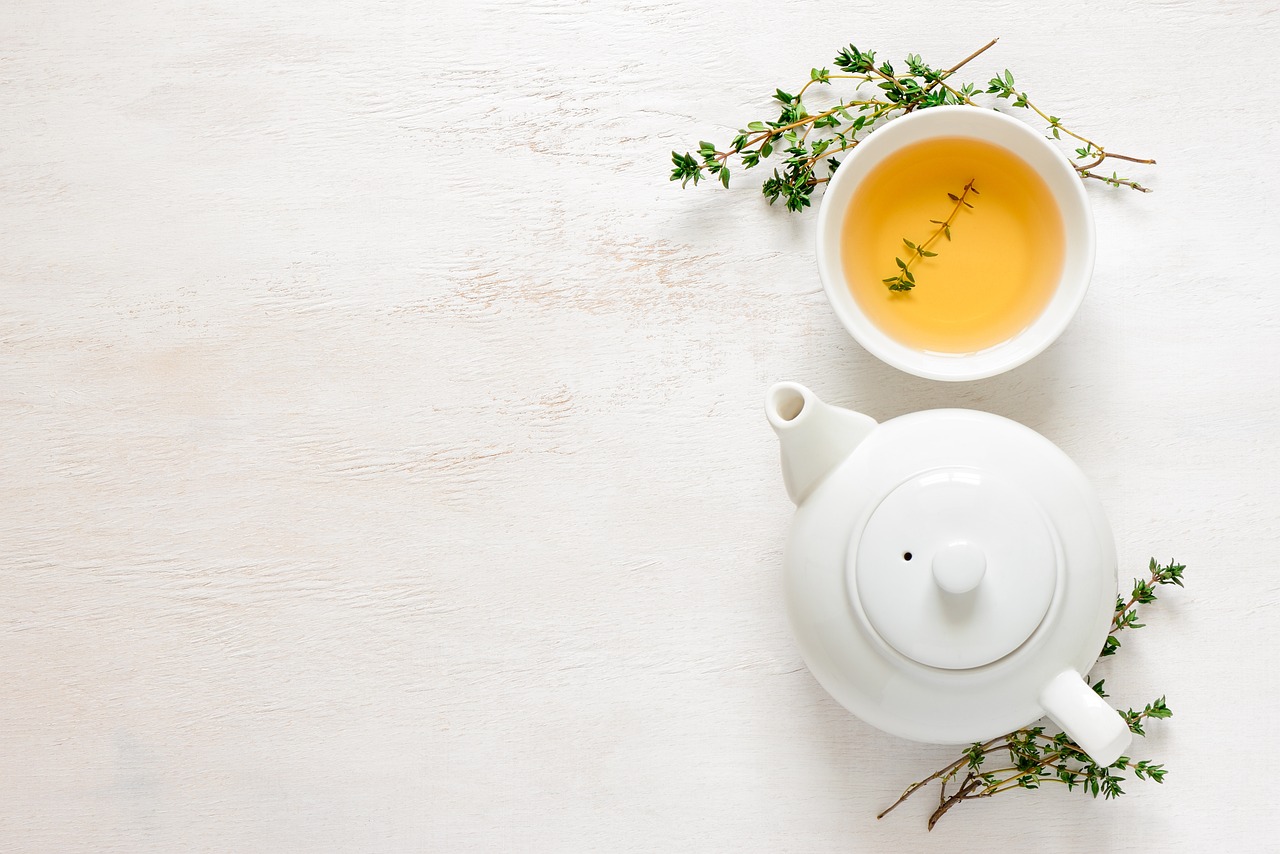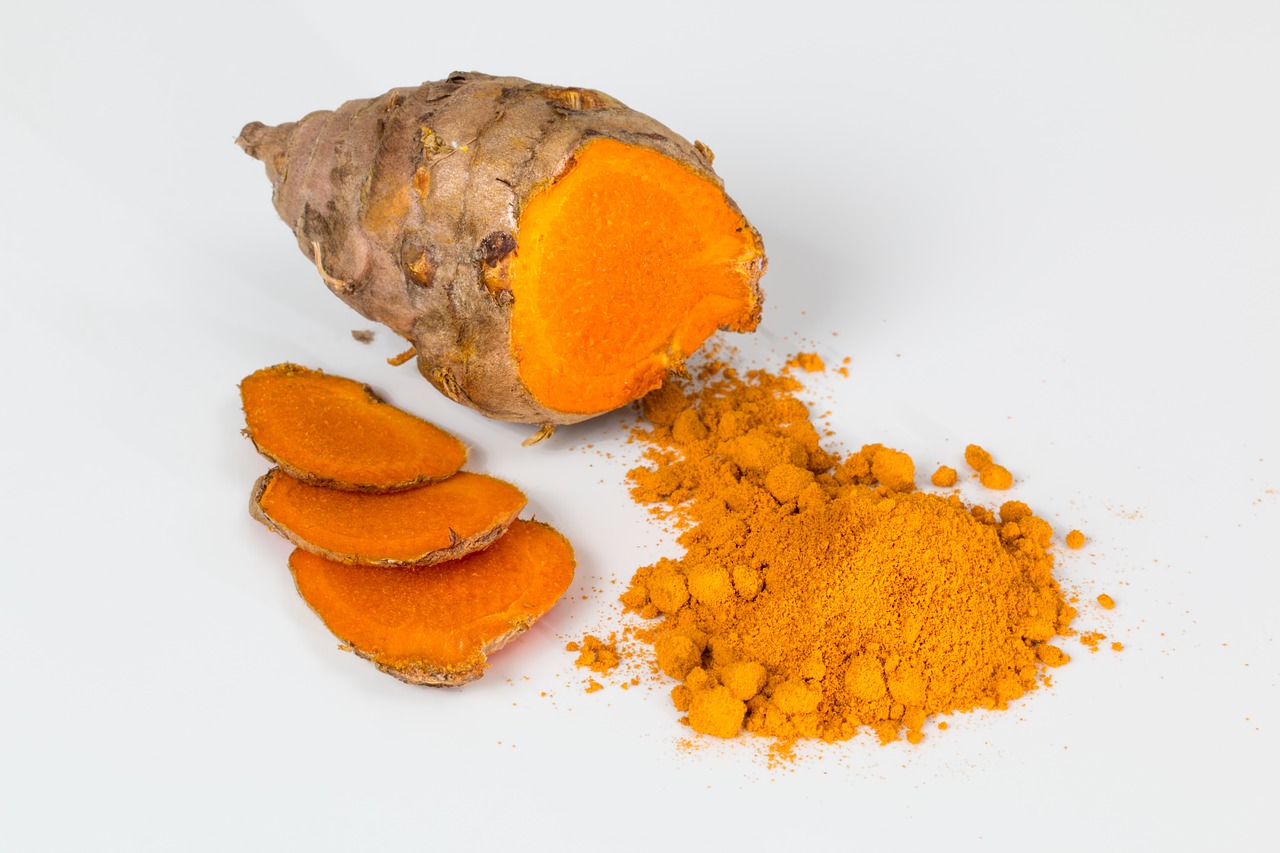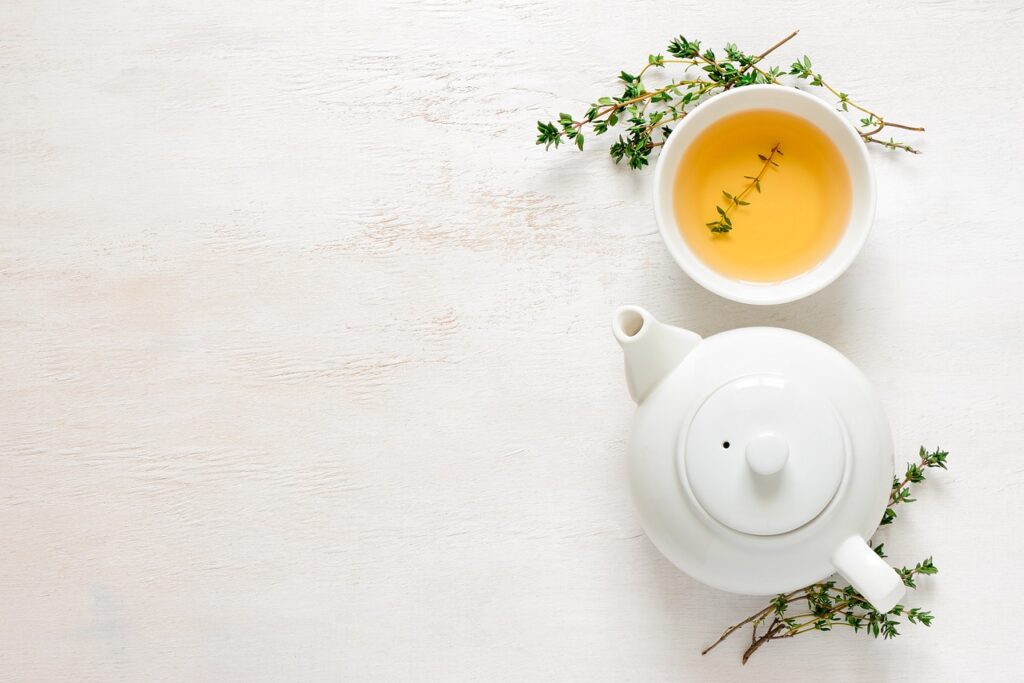
Specially produced and processed tea leaves are used to make the powdered green tea known as Matcha tea. Matcha, which originated in Japan, differs from other green teas in that the entire tea leaf is eaten in powdered form instead of steeping and then throwing away the leaves. Traditionally, the tea is made by whisking hot water with the powder, which produces a frothy, vivid green beverage.
Like other green teas, matcha is derived from the Camellia sinensis plant. However, matcha’s cultivation and processing are what make it unique:
1. Shading Process: Three to four weeks prior to harvest, matcha tea leaves are cultivated in shade. Chlorophyll levels in the leaves are raised by this shading process, giving the tea a vivid green hue and increasing the amount of nutrients in it.
2. Harvesting and Processing: To avoid oxidation, only the youngest and best leaves are selected and then steam-cooked. The leaves are pounded into a fine powder called matcha once they have dried and the stems and veins have been removed.
Matcha Tea Advantages
Matcha is a great source of antioxidants, especially catechins like EGCG (epigallocatechin gallate), which have been shown to have anti-cancer, anti-inflammatory, and heart-healthy properties.
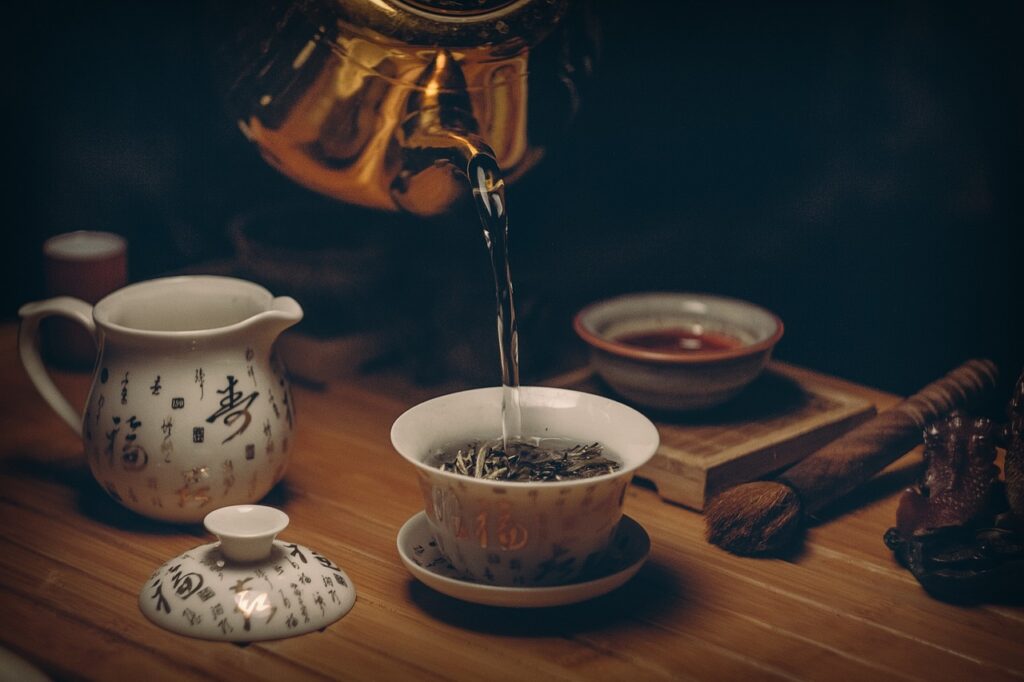
2. Increases Focus and Mental Clarity : A substantial quantity of L-theanine, an amino acid that encourages relaxation without making you sleepy, is present in matcha. When paired with caffeine, this results in increased mental clarity and alertness without the jitteriness that comes with coffee.
3. Helps Reduce Body Weight : The catechins Matcha is a popular beverage for weight loss because its echins, especially EGCG, are believed to increase metabolism and aid in fat burning.
4. Detoxification: Matcha’s inherent detoxifying qualities are attributed to its high chlorophyll concentration. Chlorophyll aids in the body’s removal of dangerous substances and heavy metals.
5. Improves Heart Health: Regular matcha consumption may promote heart health and minimize the risk of heart disease by lowering levels of triglycerides and bad cholesterol (LDL).
6. Improves Physical Performance: Matcha’s blend of caffeine and antioxidants gives you a steady, long-lasting energy boost that increases your stamina and physical endurance.
7. Supports Immune System: The minerals potassium and calcium, as well as the vitamins A, C, and E, found in matcha, assist the body in fighting off infections and boost general immune function.
8. Improves Skin Health: Matcha’s anti-inflammatory and antioxidant qualities may help prevent acne, shield skin from UV rays, and delay the aging process.
1. Ceremonial Grade: Used in traditional tea rituals, this is the highest quality. It is bright green, has a silky texture, and tastes sweet and umami.
2. Premium Grade: A little less excellent, but still suitable for everyday use. It is frequently seen in expensive matcha lattes.
**Culinary Grade**: This lower-priced grade is used in baking, cooking, and drinks like lattes and smoothies.
What Is the Origin of Matcha?
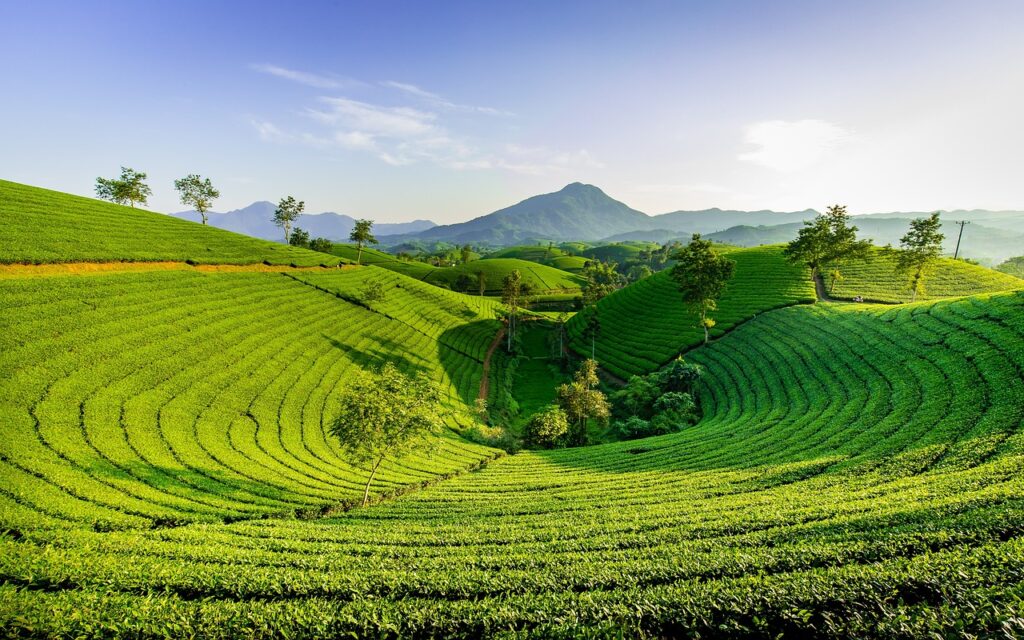
The process of manufacturing powdered green tea was perfected and linked to Zen Buddhist practices in Japan , while matcha originated in China during the Tang Dynasty. Because of its relaxing properties, it was incorporated into Japanese tea ceremonies, especially in Zen temples.
Japan continues to produce the best matcha today, especially in the areas of Uji (near Kyoto) and **Nishio** (in Aichi Prefecture). These areas are known for producing high-quality tea due to their rich soil, perfect climate, and centuries-old customs.
Matcha is divided into several
Matcha Preparation
Matcha is traditionally prepared by using a bamboo whisk (also called a chasen) in a bowl to whisk the tea powder with hot (not boiling) water until frothy. Additionally, some individuals like matcha in desserts, smoothies, and lattes.
In conclusion,
Matcha tea, a bright green powdered tea from Japan, has several health advantages, including detoxification, increased physical energy, better mental focus, and support for antioxidants. The special cultivation and processing of the tea leaves contributes to its high nutritional content. Japan grows the best matcha, which is frequently consumed in tea ceremonies or in regular drinks.

